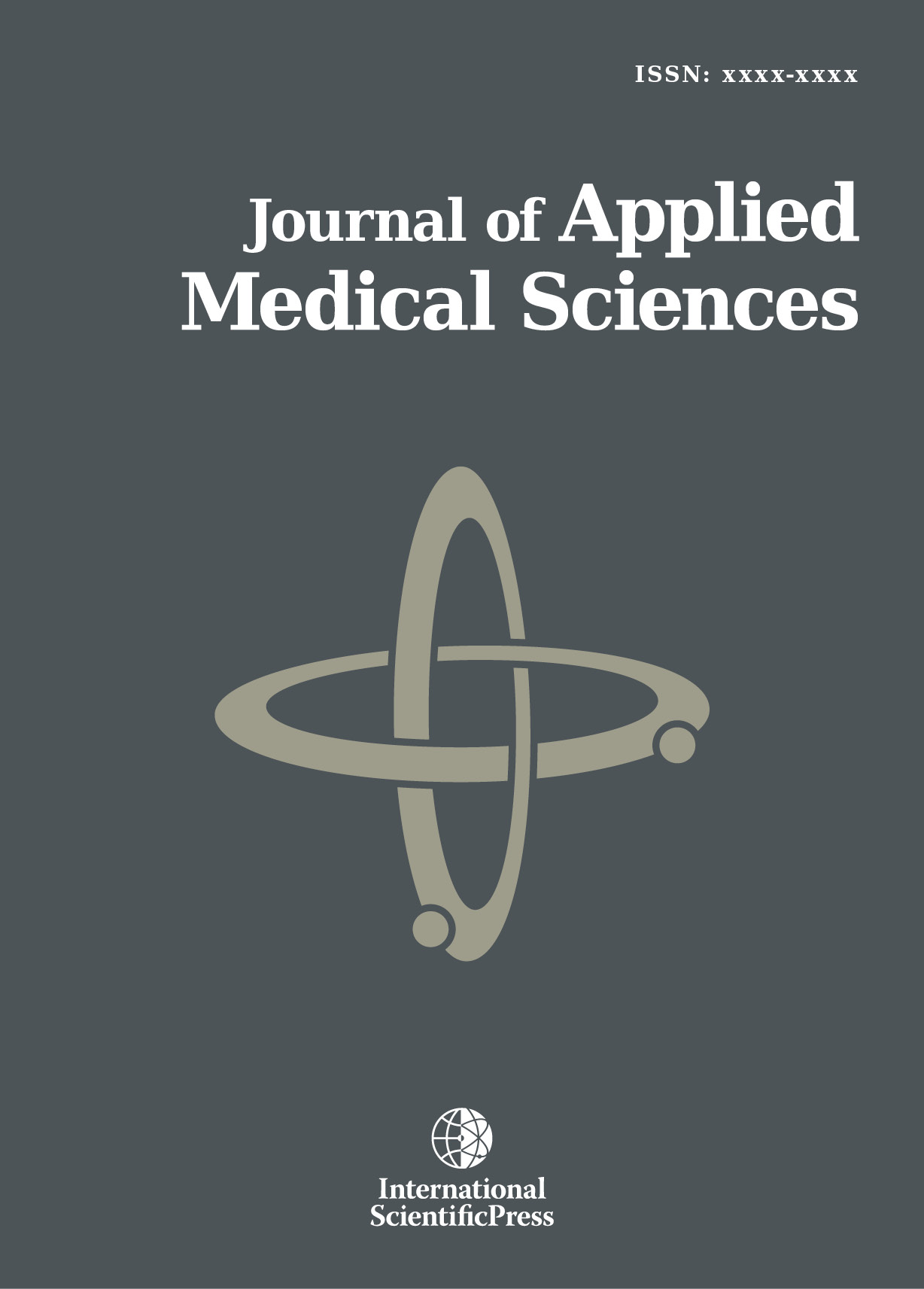Journal of Applied Medical Sciences
Amalgamethodology: A Research Methodology Unique to Nursing Fostering Critical Thinking Implications for Education and Practice
-
 [ Download ]
[ Download ]
- Times downloaded: 10830
-
Abstract
The basic sciences have relied upon quantitative research methods since the scientific method surfaced in the 17th century. Reverend Bayes posited what we now know as Bayes’ Theorem to provide the underpinnings for the scientific evidence-based process. Nursing is a relative newcomer on the scientific discipline chart, but an important one none-the-less. In the roughly 160 years since its inception, nursing has striven to build a knowledge base unique to its composite meta-paradigm (person, health, nursing & environment). Within the last half-century, qualitative research methods have evolved, among them: phenomenology, feminist & gender studies, ethnography, and grounded theory methods. A need has been identified for the science of nursing to utilize its’ own methodology for research. Amalgamethodology is the research design proposed as unique to the science of nursing. This article defines Amalgamethodology, discusses its core components, identifies the importance of graphic representation within the design, and suggests research utilization scenarios to build the evidence-base for this research design unique to the science of nursing. Implications for the future of nursing research, education, and practice are discussed.
